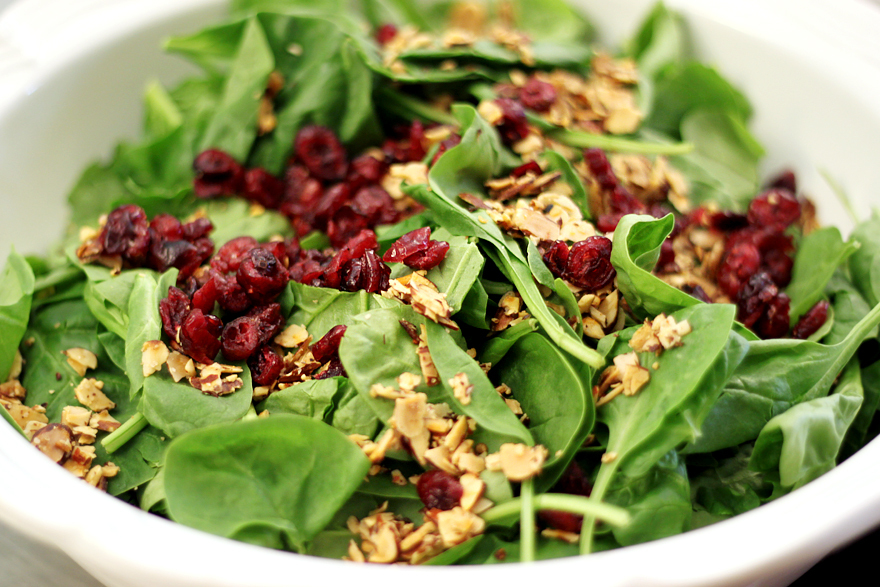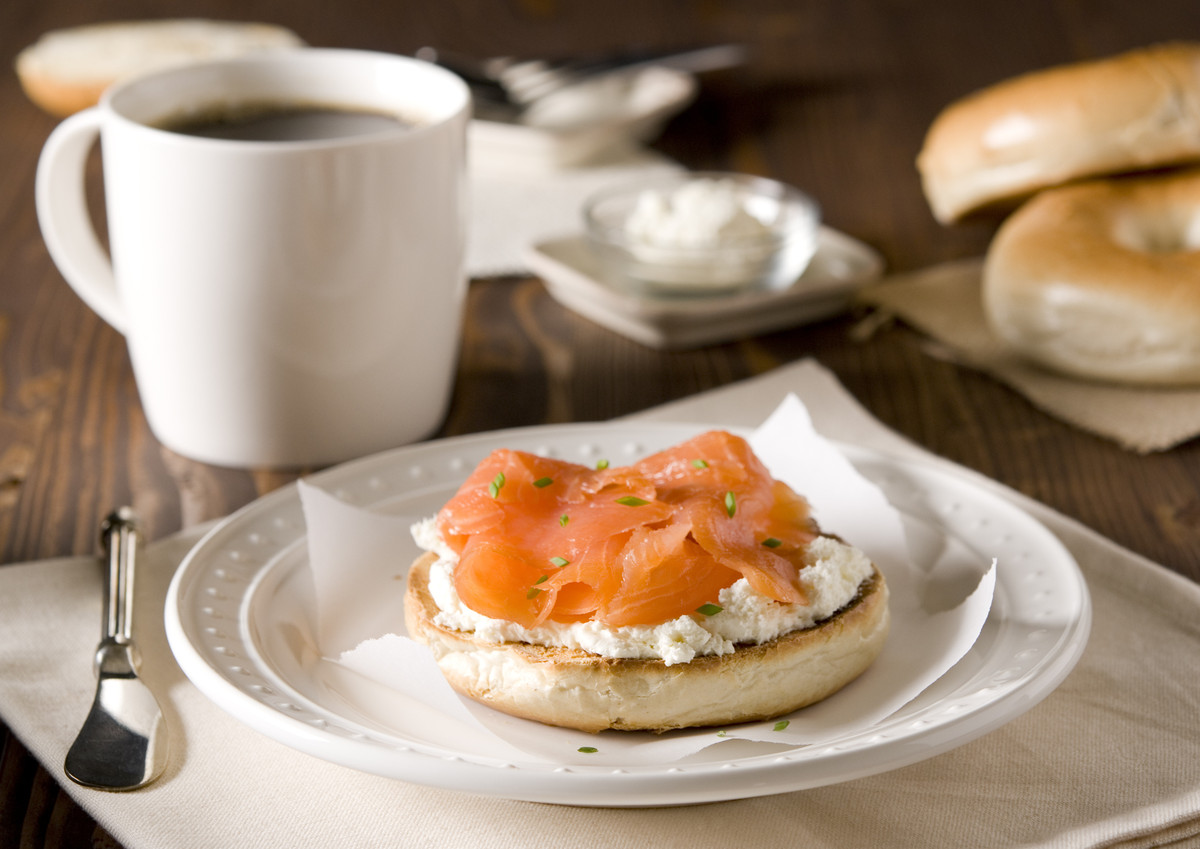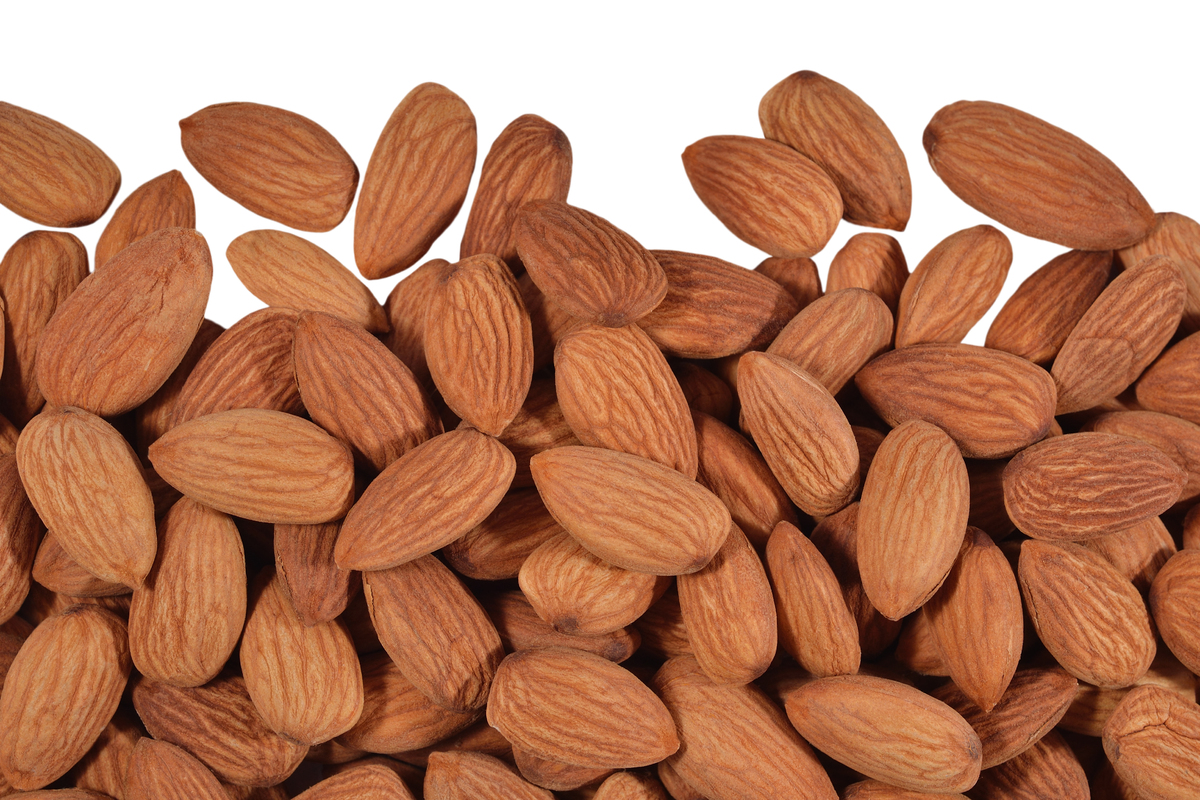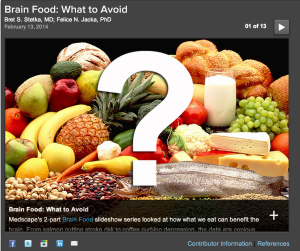Here's an interesting article arguing against one of my latest blog posts concerning gluten and dementia written by Dr. David Perlmutter, Associate Professor at the University of Miami School of Medicine.
-- Dr. Dale
Is Avoiding Grains a Mistake?
February 26, 2014Editor's Note: Medscape recently interviewed Dr. David Perlmutter, Associate Professor at the University of Miami School of Medicine, about his theory that carbohydrate and gluten consumption may cause or contribute to dementia. Dr. Neal D. Barnard, Adjunct Associate Professor of Internal Medicine at the George Washington University School of Medicine, doesn't agree. Here's why.
Grain and the Brain: A Lesson From Japan
It seems that many people are looking for a whipping boy on whom to blame our expanding waistlines, our diabetes epidemic, and our continuing need for cholesterol and blood pressure medications. Apparently they have found him: bread. It's not that grease-laden eggs-and-bacon breakfast, those fat-drenched chicken wings, or that sausage-and-cheese pizza that have caused our problems; it's that darn slice of bread.
Some clinicians and writers are going a step further. They are now flogging that whole-wheat whipping boy for triggering Alzheimer disease. But scientific evidence tells a very different story.
Grain-blaming started with the observation that high blood sugar levels are linked with Alzheimer disease. That's true enough. People with diabetes are at elevated risk of developing dementia.[1] So some have reasoned that because carbohydrates release natural sugars during digestion, the way to lower blood sugar must be to avoid carbs. They assumed that might protect the brain, too.
But here they have stepped on a scientific landmine. Avoiding healthy carbohydrate-containing foods turns out to be the last thing you would want to do for diabetes, obesity, or Alzheimer disease.
Take a lesson from Japan. In the 1960s and 1970s, Japan's dietary staple was rice. The Japanese diet was, of course, very high in carbohydrate, and yet diabetes was rare -- affecting a mere 1%-5% of adults older than 40 years.[2] In the ensuing years, westernization occurred rapidly. Meat displaced rice in Japanese meals and fat intake quickly climbed, while carbohydrate consumption plummeted. What was the result? By the 1990s, diabetes prevalence had risen dramatically. Clearly, carbohydrate was not the problem. The influx of fatty foods had elevated blood sugars and sparked a diabetes epidemic.
Americans have undergone a similar shift, albeit more gradually. In 1909, according to records from the US Department of Agriculture, American meat intake was 123.9 lb per person per year. Over the next century, meat intake soared, peaking at over 201.5 lb per person per year in 2004.[3] That's an average rise of more than 75 lb -- every person, every year. In the same interval, per capita cheese intake rose from less than 4 lb per year to nearly 34 lb. Grain intake went in the opposite direction: It fell substantially. Although it has partially rebounded in recent years, our consumption of flour and cereal products is far below 1909 levels.[4]
So it is not bread, rice, or grains in general that have caused blood sugars to rise or diabetes to become an epidemic. Just the opposite: The transition to a diet heavily based on animal products, especially meat and cheese, aided and abetted by fryer grease and sugar, is the real culprit in the current epidemics of obesity; diabetes; and, as we will see, Alzheimer disease.
We can't blame a lack of exercise either. Careful studies show that exercise patterns have not changed nearly enough to account for the dramatic rise in obesity.[5] The real problem is on the input side of the calorie equation.
But, you ask, aren't carbs fattening? The answer is no, and this is not rocket science. Carbohydrates have only 4 calories per gram. Fats have 9. So skipping meat and cheese and their load of fat is a great step for slimming down. In fact, the butter slathered over your morning toast is far denser in calories than the bread itself. Ditto for the cream cheese on a bagel, the meat sauce on your spaghetti, and the shortening baked into a cookie. Low-carb diets cause weight loss only when you leave out so many foods that your calorie intake falls. There is nothing magical or healthy about avoiding carbohydrates.
How Bad Fats Harm the Brain
But how could fatty foods, such as cheeseburgers and chicken wings, increase blood sugar? The answer appears to lie in the accumulation of fats inside muscle and liver cells. The metabolism of these intracellular lipids appears to disrupt insulin signaling, causing insulin resistance.[6]
While these mechanisms are still under investigation, our research group, with the support of the National Institutes of Health, tested the theory that getting these fats out of the diet would help. And it clearly does. In people with type 2 diabetes, a low-fat, plant-based diet causes significant weight loss and dramatic improvements in blood sugar control, not to mention reductions in plasma lipids and blood pressure. All this occurs in the absence of any limits on carbohydrates, calories, or portion sizes.[7]
As our diabetes study was bearing fruit, researchers at the Chicago Health and Aging Project published ground breaking findings showing that fatty foods were linked to Alzheimer disease. After 4 years of observation, saturated and trans fats were associated with increased Alzheimer risk.[8] Other studies have examined the same relationship, and although the data vary somewhat from study to study, the overall picture is that saturated and trans fats increase Alzheimer risk, just as they increase the risk for many other health problems.
It appears that the effect of these "bad" fats on cholesterol metabolism influences aspects of beta-amyloid deposition in the brain. This fits with 2 other observations: First, statins lower risk for Alzheimer disease, and second, the APOE epsilon 4 allele that is strongly associated with Alzheimer risk plays a major role in cholesterol transport.
Bottom line -- avoiding "bad" fats is a good idea.
In our studies and many others, people with diabetes, weight problems, lipid disorders, and other conditions discover the power of throwing out meat, cheese, and other animal products. As they replace them with healthy beans, grains, vegetables, and fruits, weight melts away, blood sugars fall, and the need for medications drops.
Does Gluten Matter?
What about gluten -- the protein found in wheat, barley, and rye? Is it harming your brain? Not likely. Here's what you need to know.
Roughly 1% of the population has celiac disease. They produce antibodies against a part of gluten called gliadin, which damages the intestinal tract and causes fatigue and mental fuzziness that disappear when gluten is avoided. A larger group of people -- perhaps around 6% or 7% -- have gluten sensitivity. For them, gluten causes no visible change in the intestinal lining but nonetheless does cause digestive and mental symptoms. They do well to avoid gluten, too.
But the vast majority of people -- more than 90% -- have no adverse reaction to gluten at all. For them, a gluten-free diet is the nutritional equivalent of omitting the 13th floor from a hotel architectural plan.
What About a Mediterranean Diet, or Maybe Paleo?
Many people are turning to "Mediterranean diets" or "Paleo diets," terms that are so appealing and meaningless that they have attracted millions of adherents.
"Mediterranean" conjures up summery images of yachts and glasses of wine by the seaside. But the Mediterranean region is vast and diverse, extending from Spain across southern Europe to Turkey, Lebanon, and Israel, and across North Africa. The culinary traditions in these regions vary dramatically. For one person, a "Mediterranean diet" might mean more olive oil. For another, it means pasta. For someone else, it's red wine, or maybe chickpeas or fresh fruit.
What these variants have in common is a reduced emphasis on animal-derived foods, which is in fact a step in the right direction. A traditional Asian diet would reduce animal products further, and a plant-based diet would remove them altogether -- both more powerful than a "Mediterranean" pattern.
"Paleo" brings images of our loincloth-clad forebears whose mastodon-conquering adventures are far more exhilarating than microwaving a frozen dinner while listening to NPR. The Paleolithic period is popularly understood as the band of human history beginning with the advent of stone tools and ending before the development of agriculture. So following a "Paleolithic diet," we get to eat meat, but we shun grains and anything else that requires a green thumb.
However, human evolution extends back much further than the Paleolithic period. Our primate ancestors were largely (or entirely) vegetarians, and our bodies are essentially pre-Stone-Age bodies that have never adapted to a meaty diet.
The most effective diet, by far, is plant-based. A plant-based diet reopens narrowed arteries, trims waistlines, lowers blood pressure, and is more powerful against diabetes than any other regimen. And it's surprisingly easy. When patients get good information and a bit of support, they benefit dramatically.
How to Do It in Your Practice
But how do we encourage our patients to change?
Here's how we do it with diabetic patients, but it works just as well with other conditions: When you see patients in your practice, invite them to attend an evening group session, which you schedule at a convenient time. Just as your office staff is turning out the lights at 5 PM, one staffer -- a nurse, dietitian, physician, or health coach -- turns the lights back on, puts the waiting room chairs in a circle, and welcomes 15-20 patients for a lecture. The staffer presents a simple class, or even easier, hits "play" on a DVD player, showing a short video. Twenty minutes later, the patients have learned how a plant-based diet works and the potential benefits it offers.
Now that patients are intrigued, everyone is asked to jot down ideas for plant-based foods that they would like to try. Common breakfast choices are oatmeal with cinnamon and raisins, a half-cantaloupe, whole-grain cereal with soy milk, rye or pumpernickel toast, veggie sausage, or tofu scramble. Lunch might be lentil soup, split-pea soup, or white bean chili with crusty bread and steamed vegetables. Or maybe pizza without cheese, but with extra sauce and veggie toppings. Dinner could be a green salad and a bowl of minestrone, followed by angel-hair pasta with artichoke hearts, seared oyster mushrooms, and chunky tomatoes, along with spinach lightly sautéed in garlic. Over the next week or so, participants are asked simply to test out these foods to see which ones they like.
One week later, everyone comes back to the office to compare notes. By now, they have a good feel for plant-based foods they enjoy. The next step is a 3-week test drive. For 21 days, everyone sets aside animal products and keeps oils to a minimum, with weekly meetings for support.
After 3 weeks, many choose to make the plant-based diet a permanent lifestyle change. They recognize how simple it is and like the feeling of taking control of their health, and they want to continue eating the foods that promote optimal health. They also notice that their tastes are changing so as to embrace new, healthy foods. We have codified this program into a simple curriculum that we make available to clinicians anywhere.
It's time to give that whipping boy a reprieve. Healthy grains, beans, vegetables, and fruits have power that no other regimen can match.
References
- Ohara T, Doi Y, Ninomiya T, et al. Glucose tolerance status and risk of dementia in the community: the Hisayama study. Neurology. 2011;77:1126-1134. Abstract
- Kuzuya T. Prevalence of diabetes mellitus in Japan compiled from literature. Diabetes Res Clin Pract. 1994;24 Suppl:S15-S21. Abstract
- US Department of Agriculture, Economic Research Service. Food availability (per capita) data system. December 18, 2013. http://www.ers.usda.gov/data-products/food-availability-(per-capita)-data-system.aspx Accessed February 18, 2014.
- Barnard ND. Trends in food availability, 1909-2007. Am J Clin Nutr. 2010;91:1530S-1536S. Abstract
- Swinburn B, Sacks G, Ravussin E. Increased food energy supply is more than sufficient to explain the US epidemic of obesity. Am J Clin Nutr. 2009;90:1453-1456. Abstract
- Samuel VT, Petersen KF, Shulman GI. Lipid-induced insulin resistance: unravelling the mechanism. Lancet. 2010;375:2267-2277. Abstract
- Barnard ND, Cohen J, Jenkins DJ, et al. A low-fat vegan diet improves glycemic control and cardiovascular risk factors in a randomized clinical trial in individuals with type 2 diabetes. Diabetes Care. 2006;29:1777-1783. Abstract
- Morris MC, Evans EA, Bienias JL, et al. Dietary fats and the risk of incident Alzheimer's disease. Arch Neurol. 2003;60:194-200. Abstract
Medscape Neurology © 2014 WebMD, LLC


 Getty Images
Getty Images
 Getty Images
Getty Images
 Shutterstock
Shutterstock